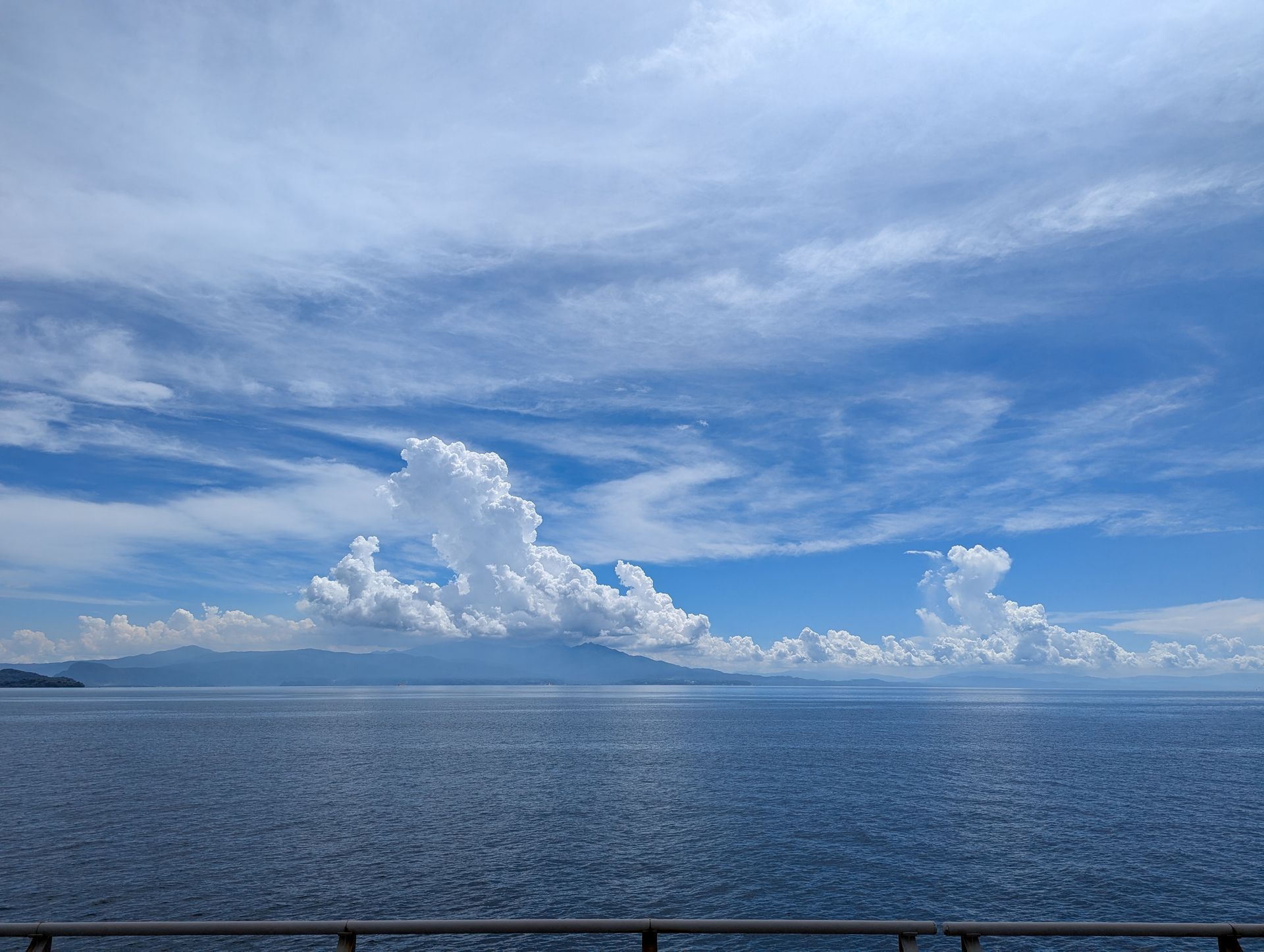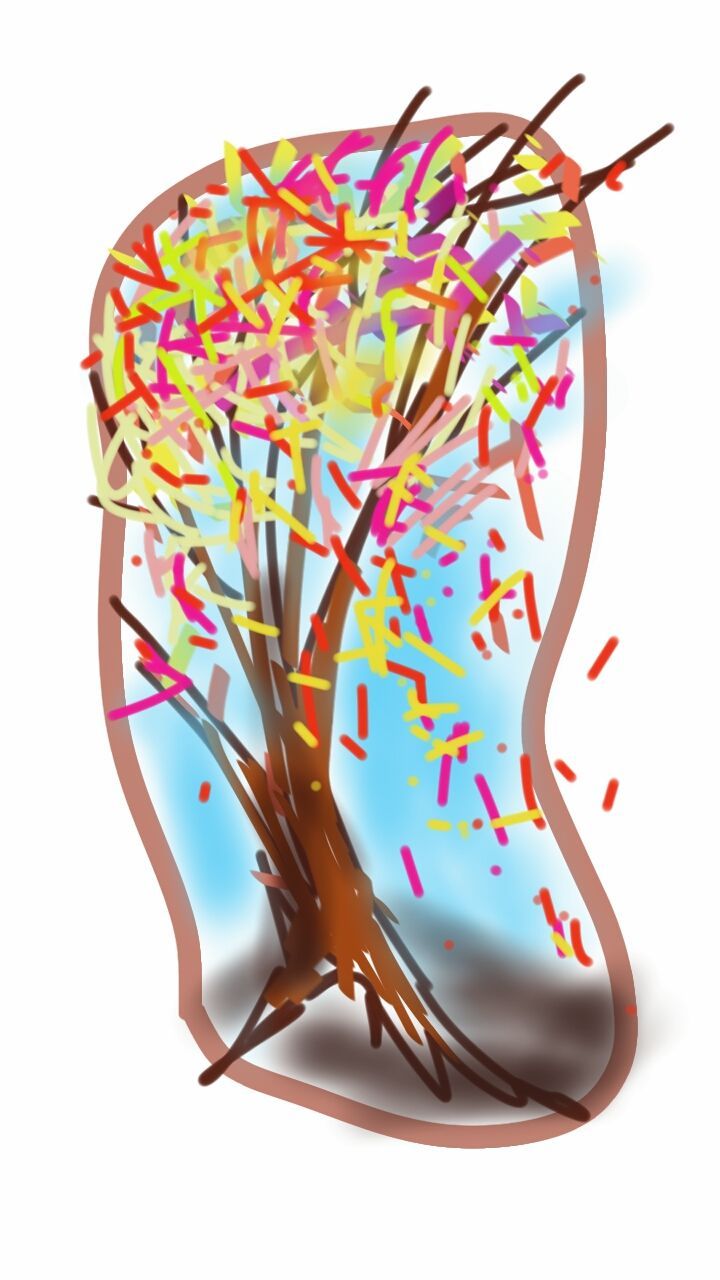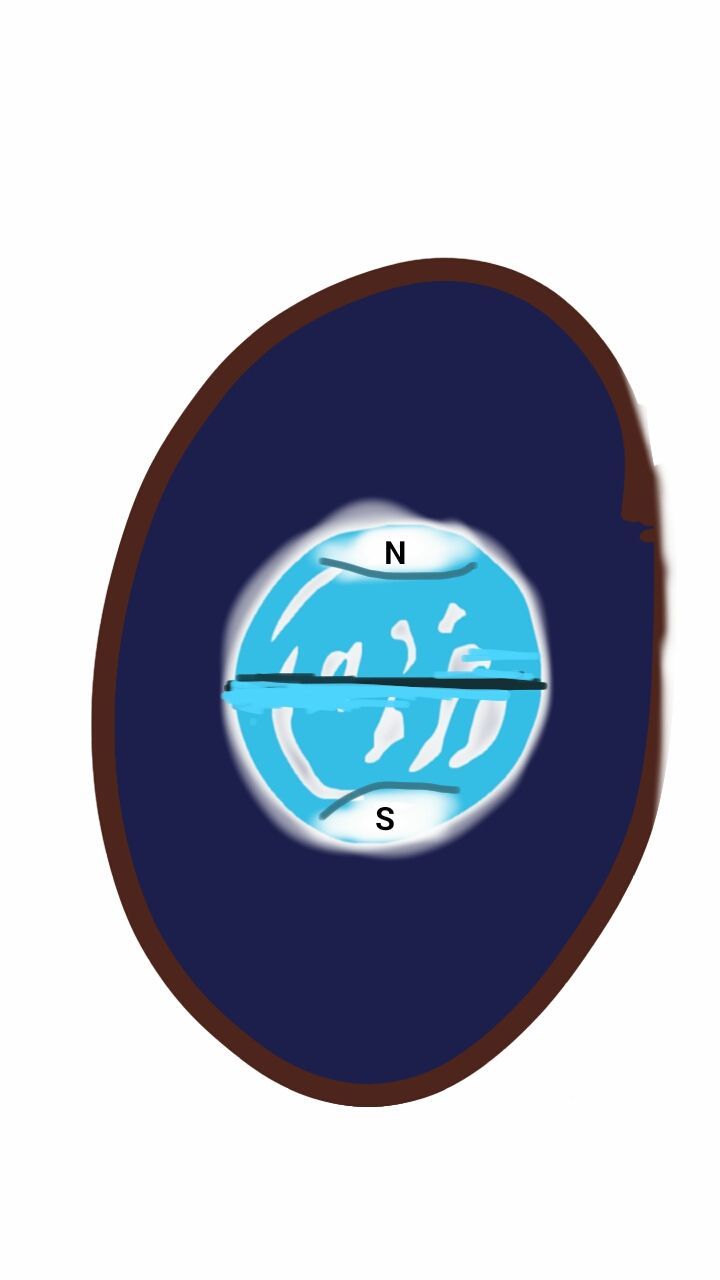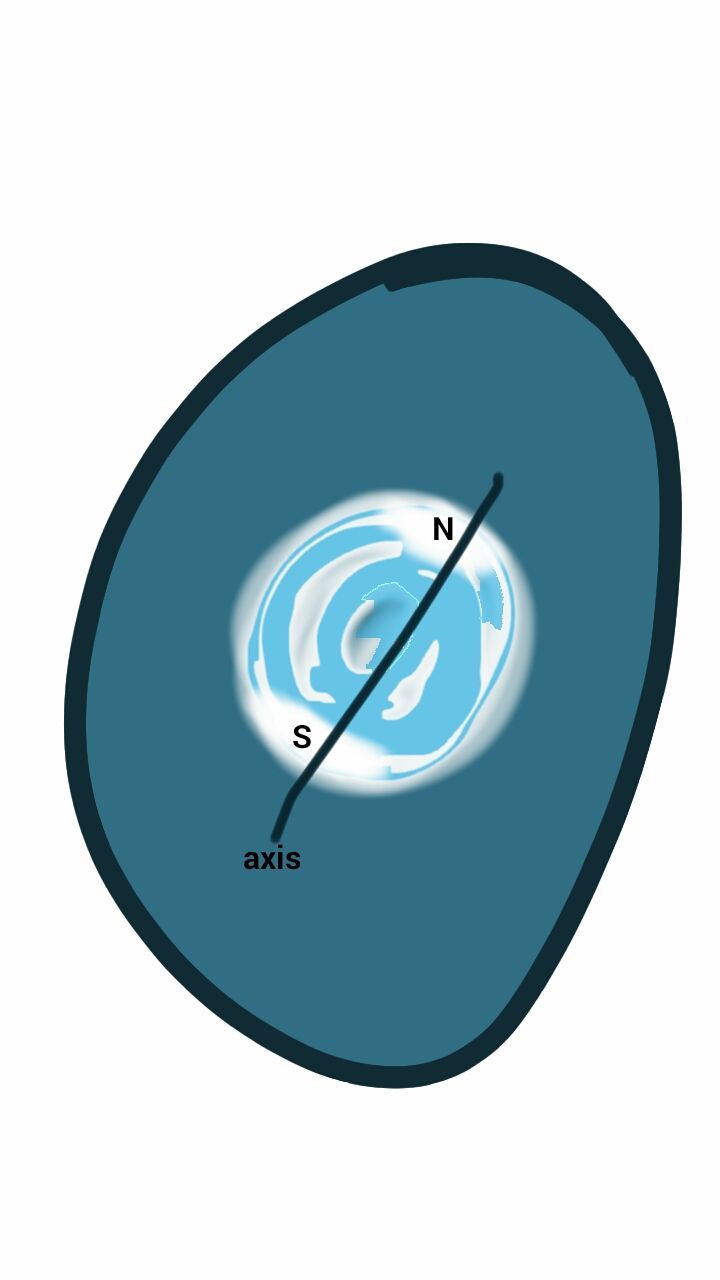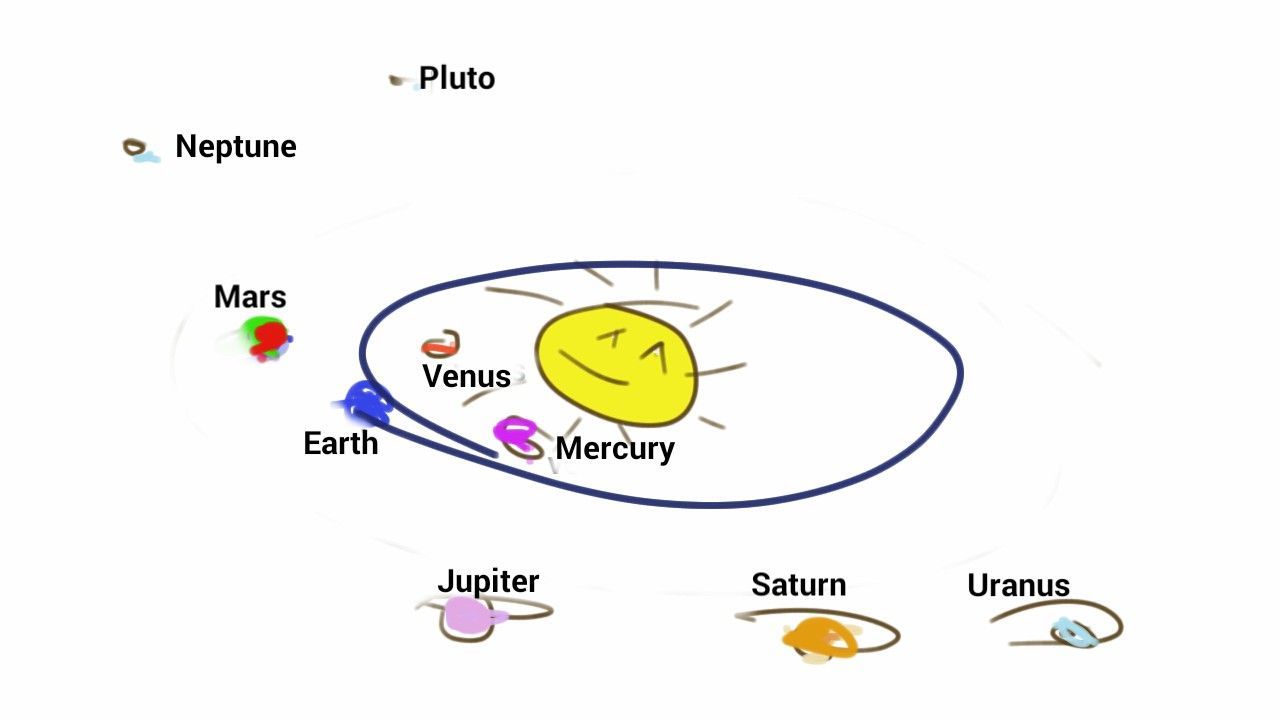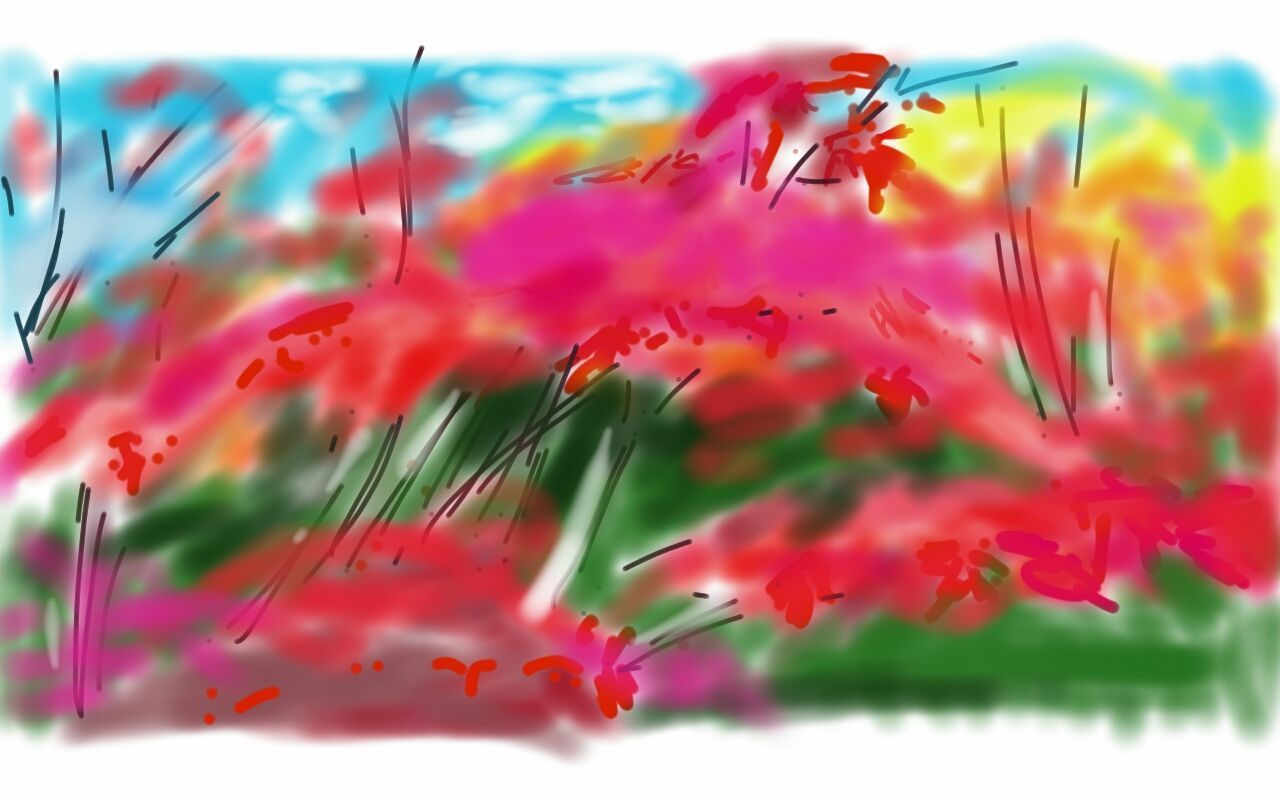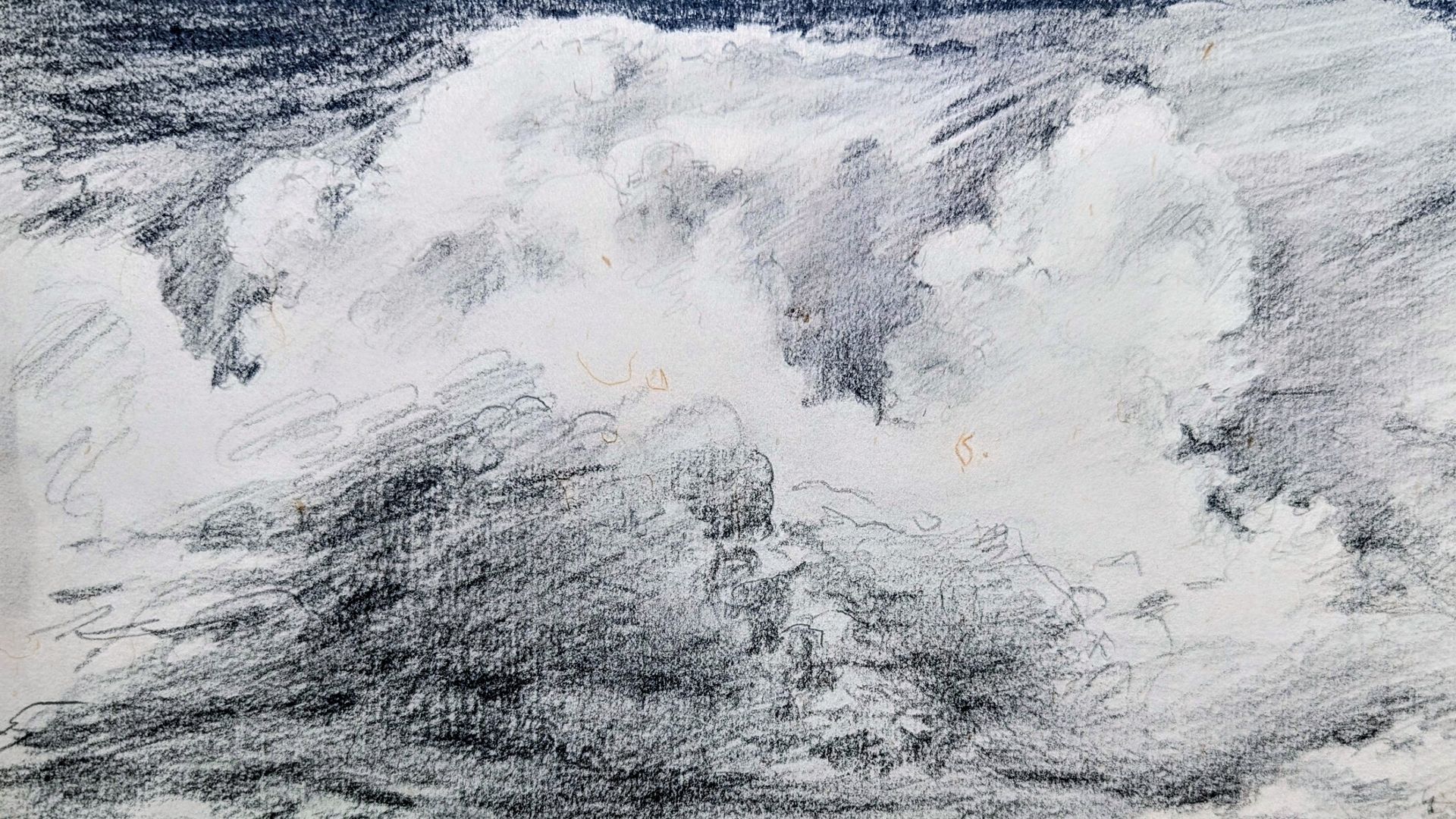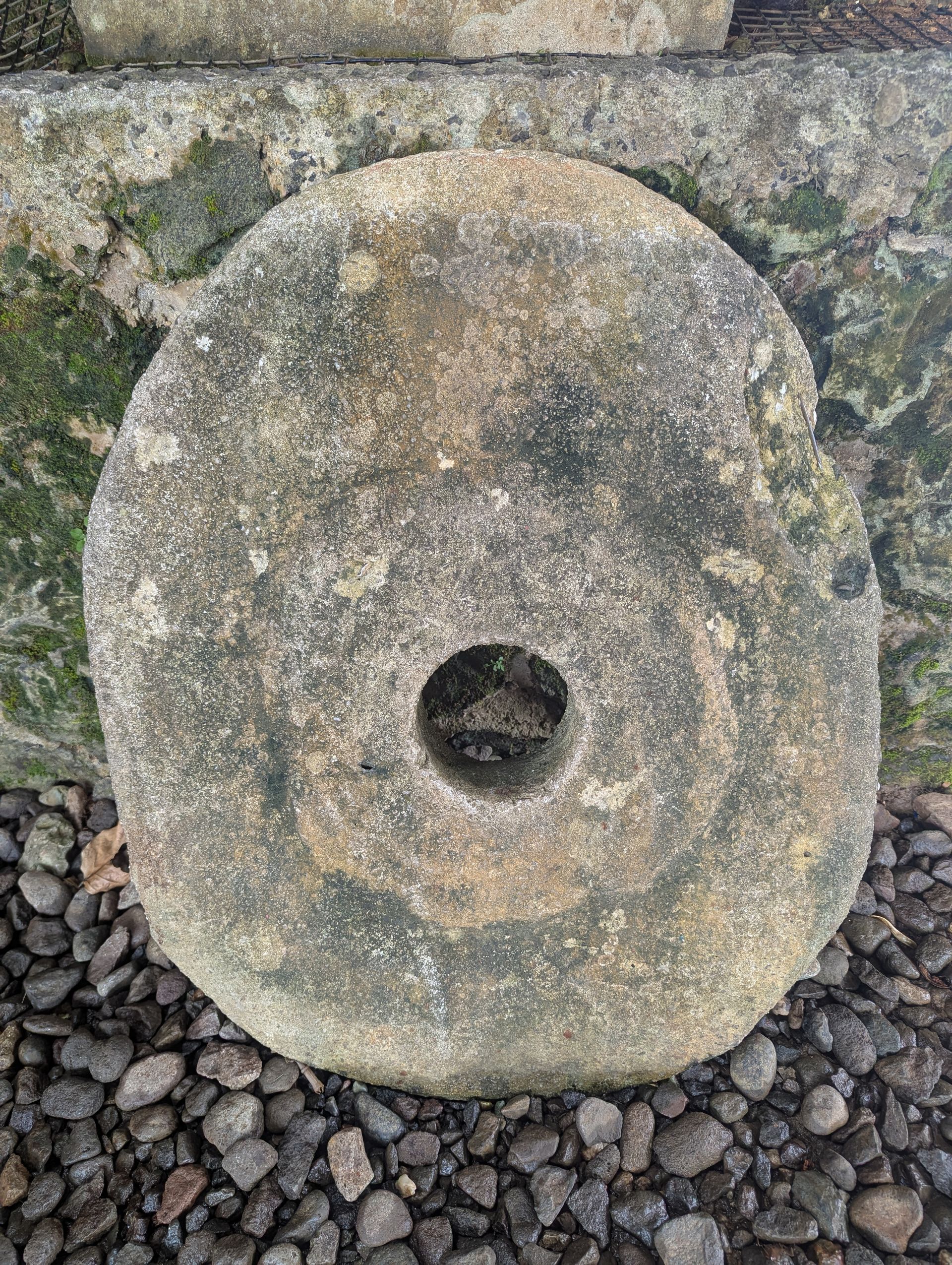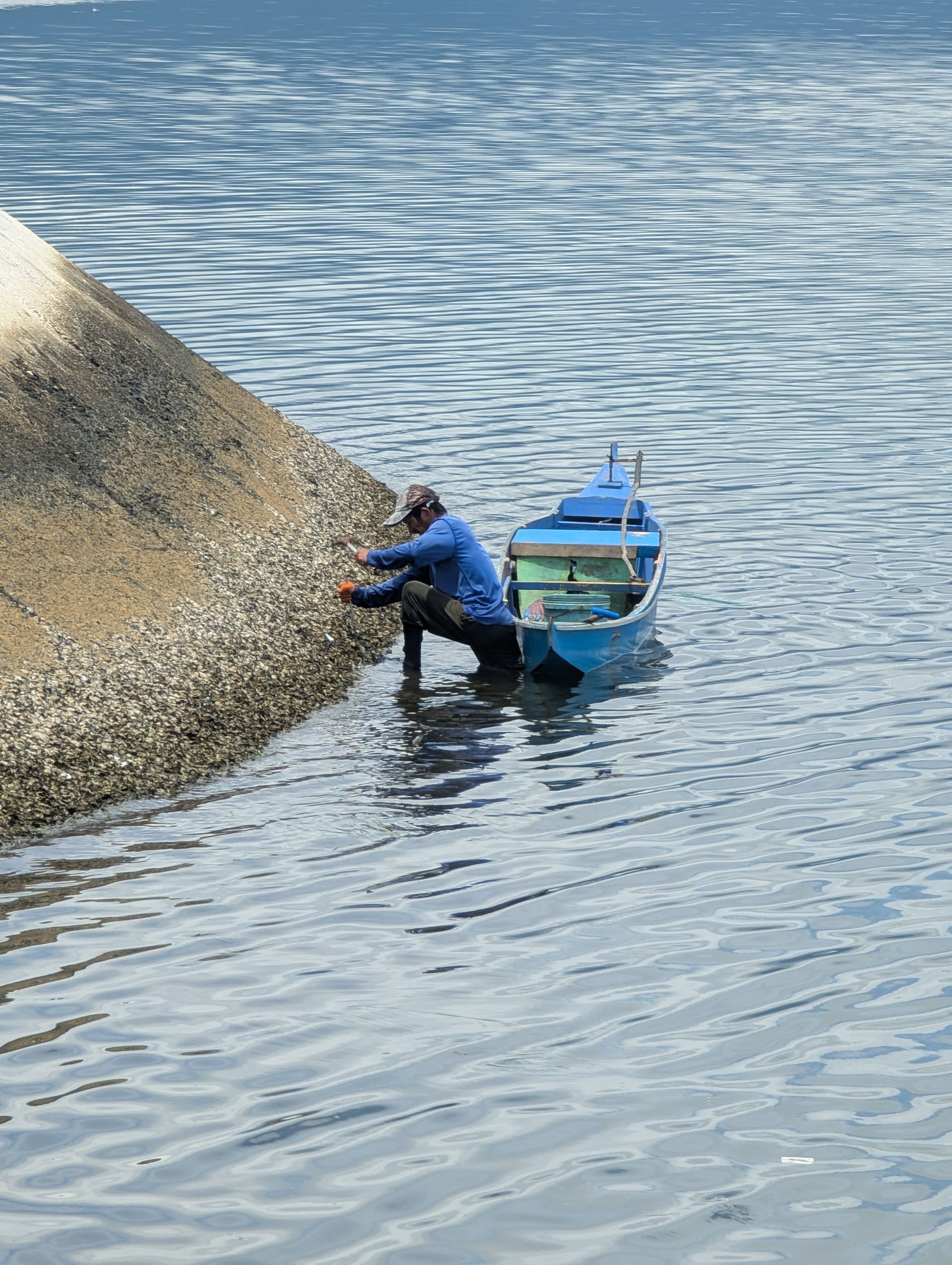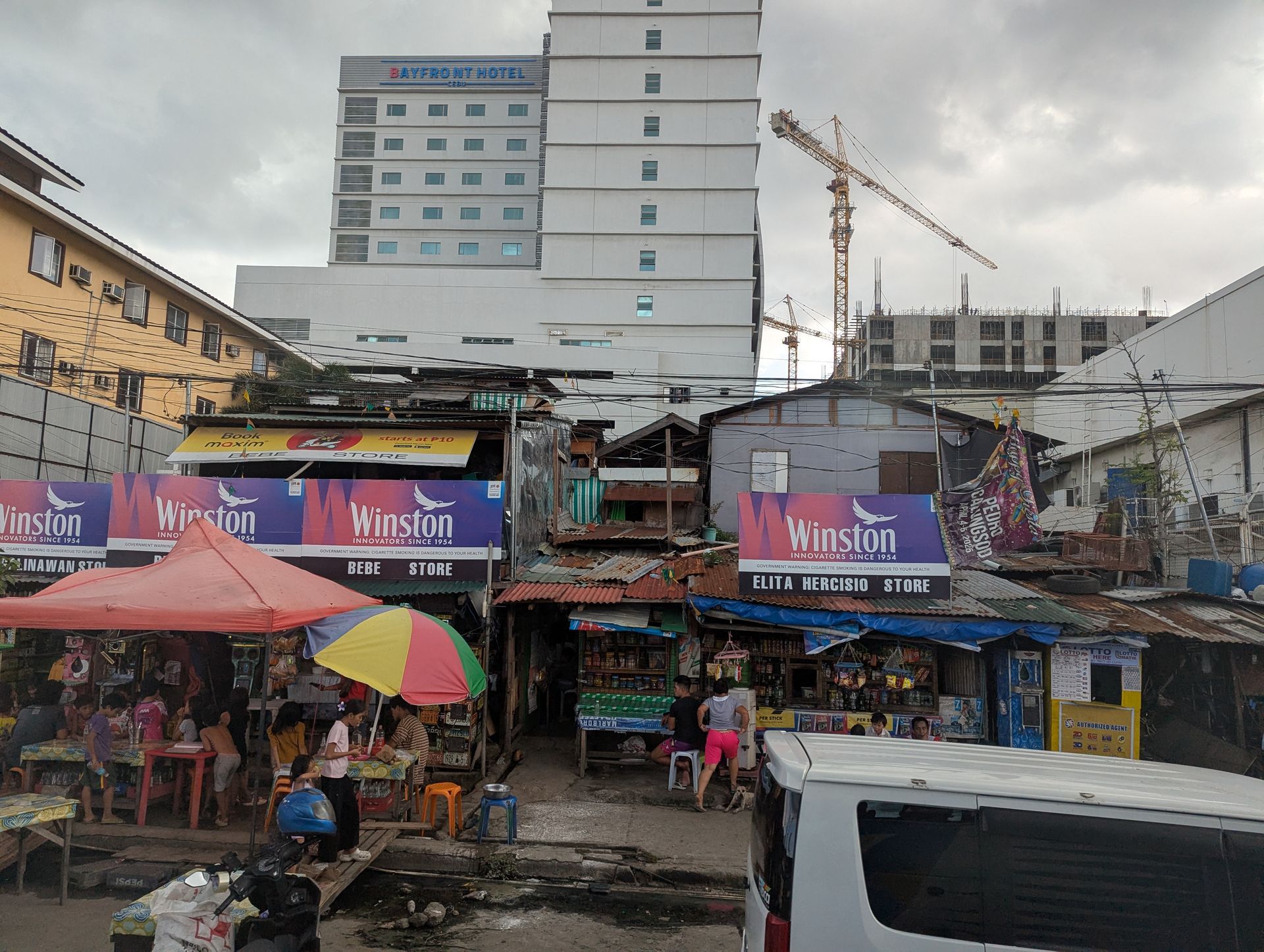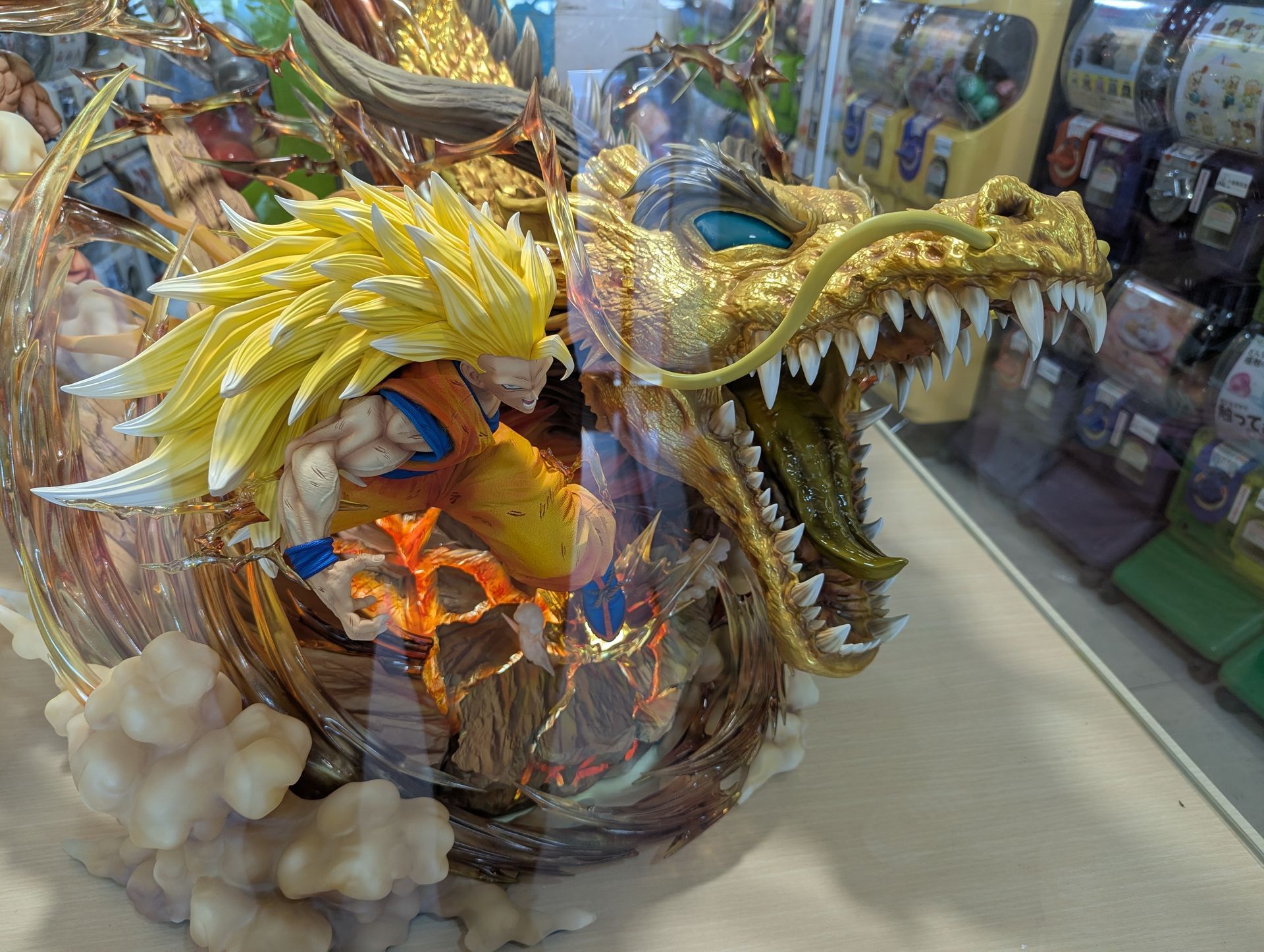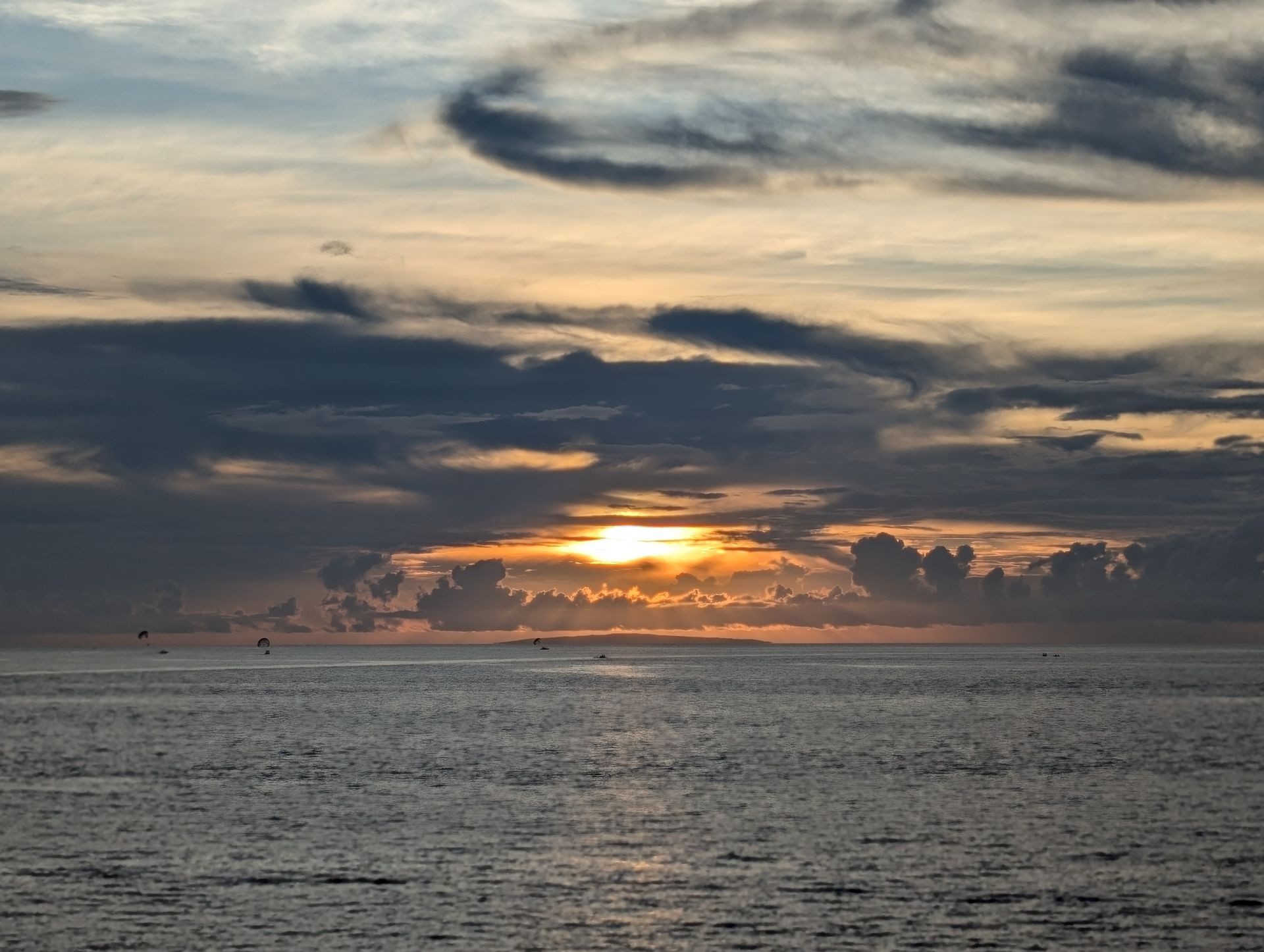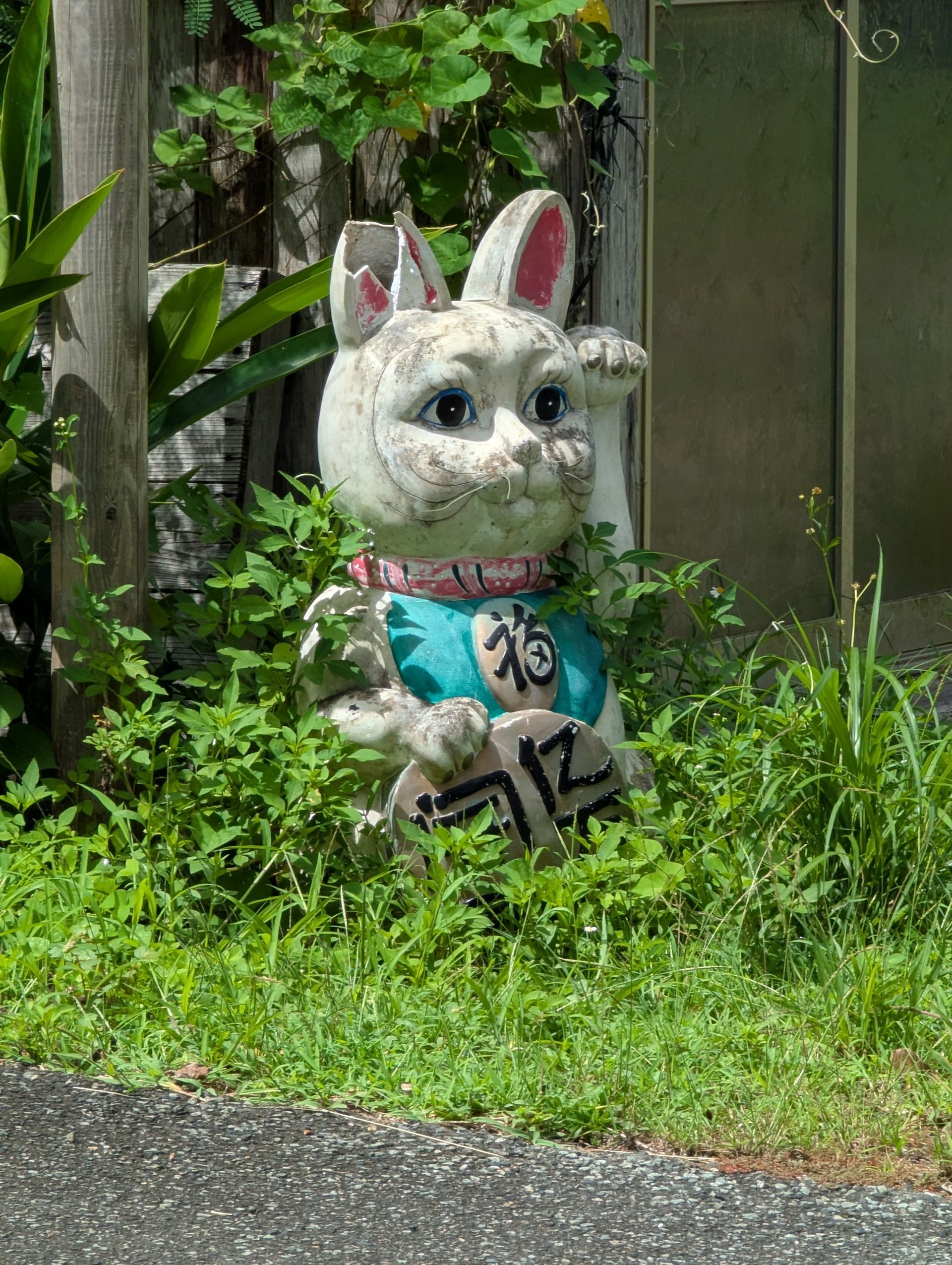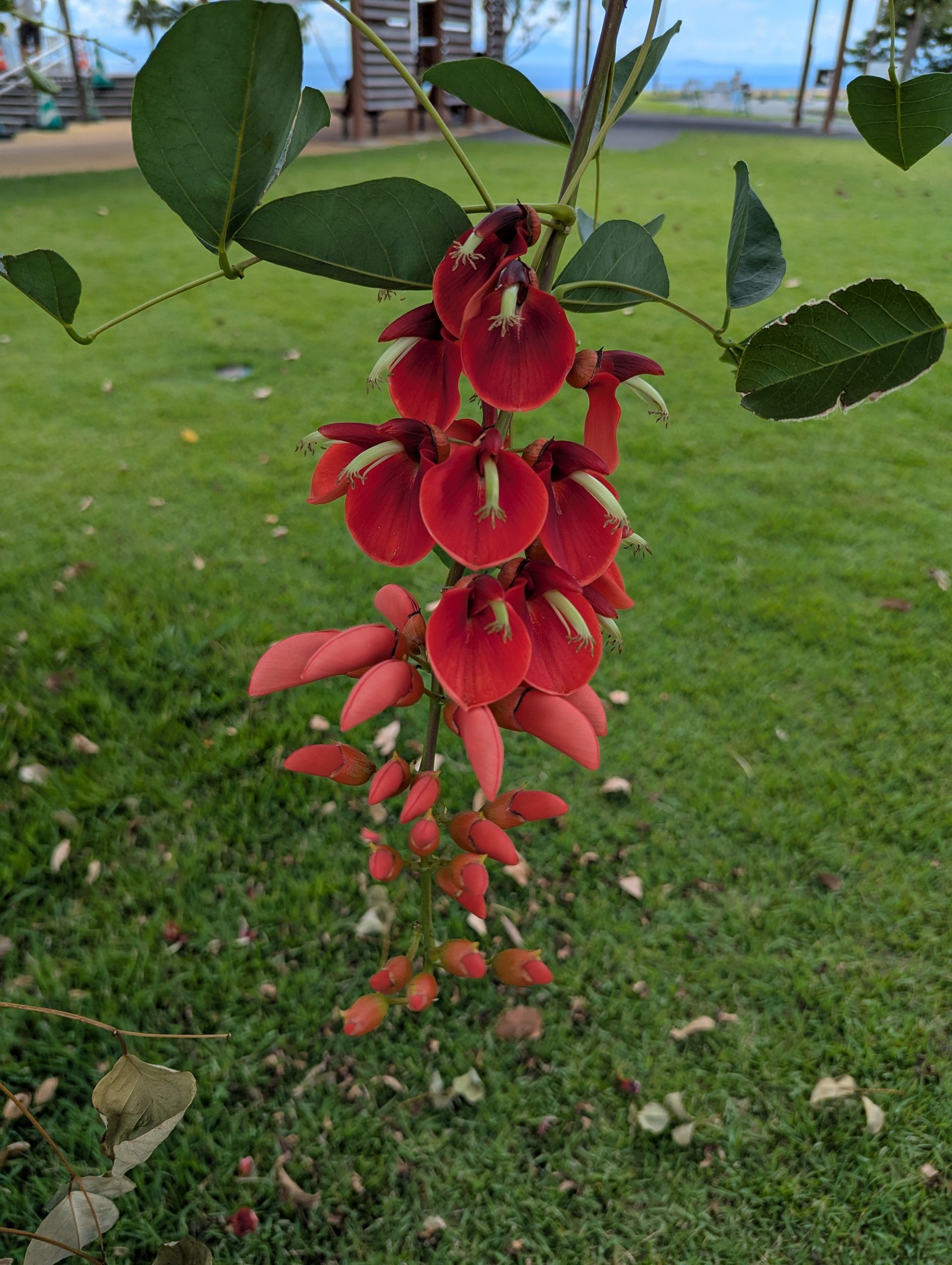Earthlings Letter #8 – Spaceship Earth
Greetings Earthlings! I was just thinking about two of my favorite things, maple trees in the fall and wild cherry blossom in the spring… Do you remember how in the early spring we saw some of the ‘true color’ of leaves as they came out of their buds and had not yet blushed green with chlorophyll for photosynthesis? Well now the summer is over and Fall is begun where I am on Earth. The leaves are stopping their photosynthesis. The vail of green is being drawn away and every leaf is revealing its hidden color. The maple trees are among the first to change and glow orange, red and yellow. It is like each leaf has a light inside.
This change is happening because plants and trees are sensitive to the amount of time the sun shines on them. And you are too! If you live in the northern hemisphere (the half of the earth north of the equator), (the equator is an imaginary line drawn around the Earth equally distant from both poles).
Haven’t the days of midsummer, felt wonderfully long? You were outside playing and it would be daylight as late as 8:30 in the evening. In some far northern places it is day till 12:00 pm, or even later! That must be neat… The lengthening of the daylight time continues until the summer solstice (the time of the longest day, around June 21st in the northern hemisphere and December 22 in the southern half of the Earth).
Why is change in daylight hours happening? In order to answer that question lets step back, way back. I am going to give your imaginations a work out in this Earthlings Letter. Let’s draw so far back that we are looking at our Earth from space. First thing, we see that Earth is shockingly beautiful. A ball of bluest blue water with bright white webs of clouds drifting over it and completely surrounded by the black space.
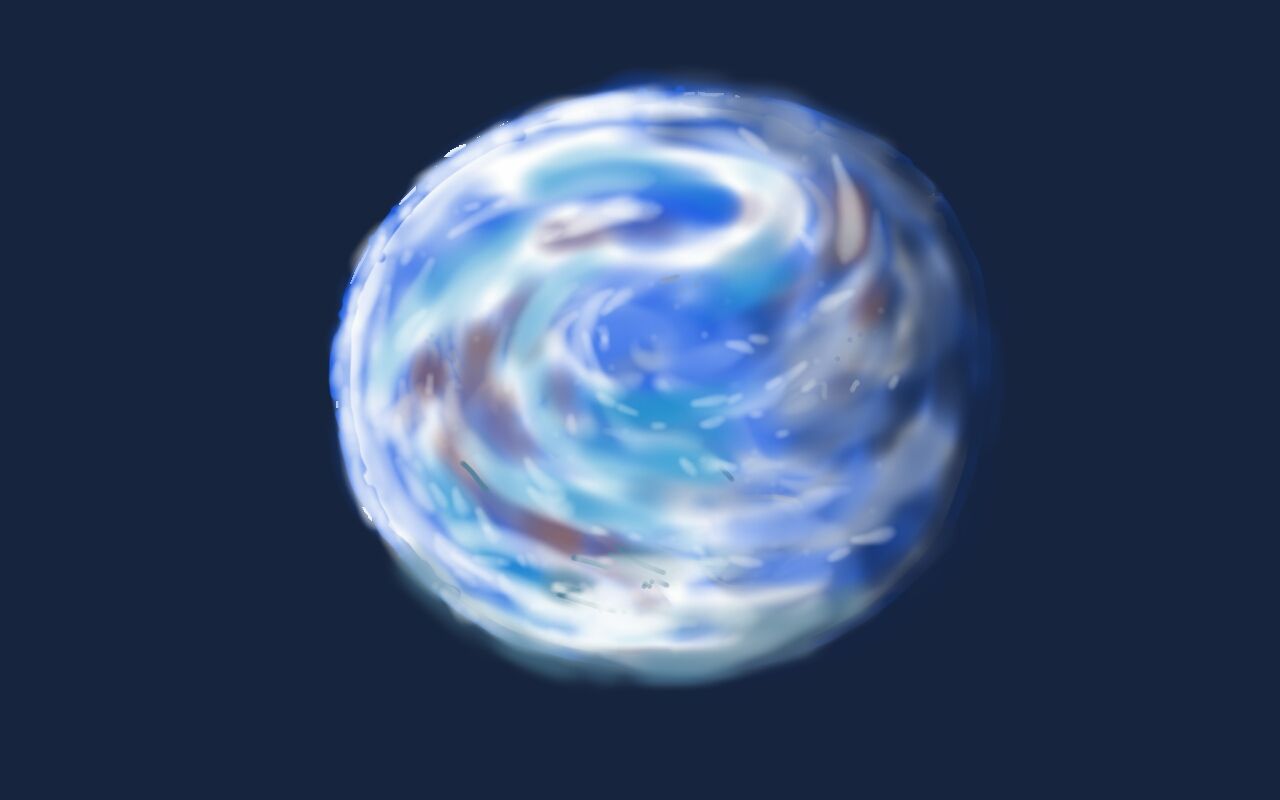
Then, we realize that Earth is almost all water. Maybe we should have named it Ocean! You have to look carefully to observe here and there through the clouds the small broken brown bits of land islands where we live. Keep watching and you will notice that Earth spins slowly on its axis (an imaginary line about which Earth rotates, and the north and south poles are the ends of this axis of rotation).
At the same time Earth orbits (circles around) the sun. Way out in space, in our imaginations, we can see this.
As we approach the winter solstice (time of the shortest day around December 22 in the northern hemisphere and June 21st in the southern hemisphere), we notice that the passage of the sun across the sky is becoming a lower and lower arc. Another way to recognize this is the longer shadows cast around noontime. The lower arc of the sun is happening because the tilt of our earths axis is changing the angle that sunlight shines on Earth. This tilt is just enough to change everything. In some parts of Earth it stops the growth of plants, dramatically changes the air temperature and causes animals, people and plants to hibernate or migrate (to move from one place to another where they can find food and shelter so they can live). Our sun is that important… and the tilt of Earth is that important.
We are one of nine planets that orbit our sun. But hold on, some people are saying, recently, that Pluto is not a planet…(a solid form in space that orbits a star). We can let scientist debate that. They like to have stuff like that to argue about. Pluto is so far away and I’m sure it doesn’t really care if we think it is a planet!
Something we do know is that our planet Earth is just the right distance from the sun to sustain life. Which is incredibly lucky for us and plants and creatures that live! As far as we know life does not exist on the other planets that are in our solar system, (the collection of 8 planets (minus Pluto, for now) and their moons in orbit around our Sun. Asteroids, meteoroids and comets are also included. I am going to let you look up what they are…). Probably there is life somewhere else in the Universe. The Universe is beyond our ability to imagine in size. It is so hugemongus! So the odds are good that life is out there somewhere. What we call life here on Earth is something we have but we do not know why or really what it is… we know when it is not, but we don’t know why it happens or why it happened on our planet. We are very fortunate to be alive, and to experience the life around us. It is our greatest adventure and at the same time a great mystery. Sometimes I think to myself, maybe all the planets in our solar system had life at one time in the very far distant past… what happened? Could our Earth ever have no life?
You can think about living on earth as a fantastic ride. Like one you might experience at a carnival. We are spinning and orbiting at the same time, all the time! Our speed as we orbit the sun is an average of 18.5 miles per second. And, one complete spin on our axis which is 24 hours – is what we call a day. We are riding together on “Spaceship Earth” as Bucky Fuller said. We spin and orbit within the cluster of stars called the milky way galaxy that is one of countless galaxies moving in the endless largeness we refer to as Universe. Earth is our very own space ship with our food supply and shelter, air to breath, gravity to hold us down and an energy system that is the Sun. We must take good care of our Spaceship Earth, this amazing planet we live on, and protect its life and its systems like you would protect and take care of your parents or friends or pets or favorite toys or anything you depend on and love very much.
Why can’t we feel the Earths movement? Because we are all moving with it at the same constant speed… ? Or, here’s another thought, maybe we are so adapted to it that we can’t feel it? We are born into it and it feels as natural as living in our bodies. As familiar as being alive. Nobody knows. Another mystery we can live with.
Well, I don’t know about you but I’m starting to get dizzy and homesick imagining myself way out into space. I want to go home. See you back on our Spaceship Earth!
By the way, I would love to see your drawings of Spaceship Earth. If you want to send them to me by email use the address susancaumont@renew-the-earth.org , and I will post them on this website, thanks!
